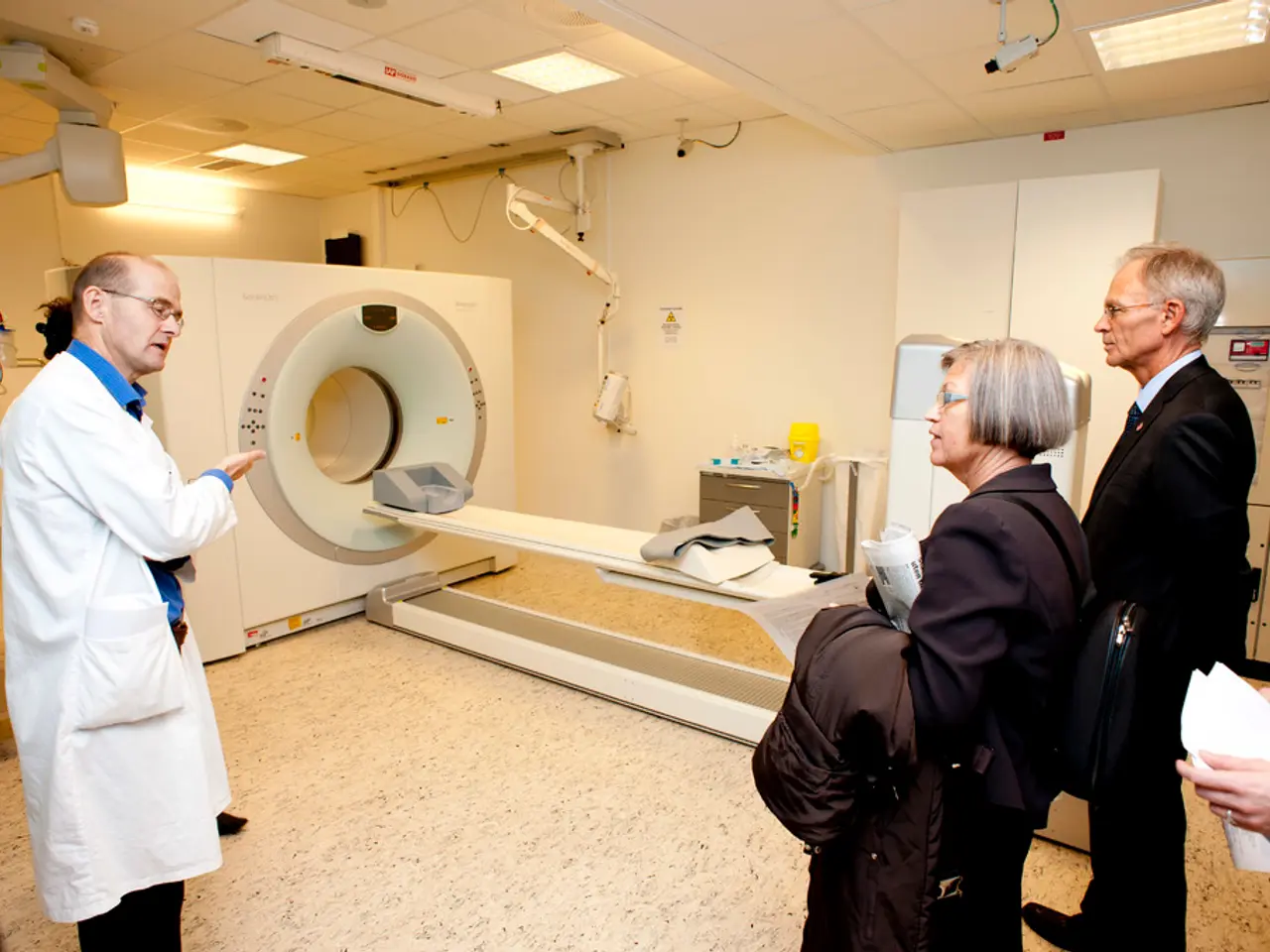Understanding the Severity of Chest Discomfort: Signs to Look Out For
Chest pain can be a cause for concern, as it may be a sign of a heart-related issue. However, there are several non-heart-related causes of chest pain that can mimic heart-related symptoms.
Non-Heart-Related Causes of Chest Pain
- Gastroesophageal Reflux Disease (GERD): GERD, also known as acid reflux, is the most common non-cardiac cause of chest pain. It causes a burning sensation in the chest due to stomach acid irritating the esophagus, often after meals. Symptoms may include a bitter or acidic taste, bloating, nausea, and burping. Unlike heart-related chest pain, GERD pain often improves with antacids and may be associated with eating triggers like spicy or fatty foods.
- Costochondritis: Costochondritis is inflammation of the cartilage connecting ribs to the breastbone, causing musculoskeletal chest pain. This pain is often reproducible by pressing on the chest wall and worsens with movement or deep breathing. It’s generally localized and differs from the diffuse or pressure-like pain of cardiac origin.
- Lung-Related Causes: Lung infections, such as pneumonia, or conditions like pleuritis, can lead to chest pain. This pain typically varies with respiratory movements and may include symptoms like fever, cough, or shortness of breath.
- Anxiety and Panic Attacks: Extreme anxiety and other mental health issues can cause chest pain, and a person may experience symptoms such as a rapid heart rate, shaking, shortness of breath, sweating, lightheadedness or dizziness, and nausea during a panic attack. These symptoms usually peak quickly and then subside, unlike the progressive worsening seen in cardiac events.
Heart-Related Chest Pain
Heart-related chest pain, also known as angina or heart attack, often presents as squeezing, pressure, or tightness in the center of the chest. It may radiate to the jaw, neck, or arms and is often triggered by exertion or stress. It usually lasts several minutes, does not improve with antacids, and may be associated with sweating, nausea, or dizziness. Heart-related pain is less likely to be influenced by movement or breathing and typically requires urgent medical evaluation.
Key Differences
| Cause | Pain Characteristics | Associated Symptoms | Response to Treatment/Triggers | |-----------------------------|-------------------------------------------------|----------------------------------------------|--------------------------------------------------| | GERD (acid reflux) | Burning, may be after meals | Bitter taste, burping, bloating | Improves with antacids, triggered by food, lying down | | Costochondritis | Localized, reproducible with chest wall pressure | Worsens with movement or deep breaths | Does not improve with rest or antacids | | Lung-related (pneumonia, etc.)| Sharp, worsens with breathing | Fever, cough, shortness of breath | Related to respiratory symptoms | | Anxiety/Panic attack | Chest tightness, rapid heartbeat, shortness of breath | Episodes acute and transient | Peaks quickly, resolves with calming | | Heart-related (angina/MI) | Squeezing/pressure, central chest, may radiate | Sweating, nausea, dizziness, lasting minutes | Not relieved by antacids, triggered by exertion or stress, requires urgent care |
Because chest pain can have many causes, it is critical to seek medical evaluation to differentiate heart-related from non-heart-related causes, as heart conditions require immediate treatment. Conditions like aortic dissection or pericarditis, while rare, can also cause symptoms similar to a heart attack and require urgent medical attention.
- Besides heart-related issues, stomach pains may stem from gastroesophageal reflux disease (GERD), a common non-cardiac cause of chest pain, characterized by a burning sensation due to stomach acid irritating the esophagus after meals and symptoms like bloating, nausea, and burping.
- Costochondritis, inflammation of the cartilage connecting ribs to the breastbone, could also lead to chest pain, manifesting as localized, reproducible pain worsened by movement or deep breathing, and not relieved by rest or antacids.
- Respiratory conditions, such as pneumonia or pleuritis, can cause chest pain that varies with respiratory movements and shows symptoms like fever, cough, or shortness of breath.
- Mental health issues, like anxiety and panic attacks, can produce chest pain symtpoms such as tightness, a rapid heart rate, shaking, shortness of breath, sweating, lightheadedness or dizziness, and nausea, and these symptoms tend to peak quickly and then subside.
- Lastly, understanding the differences between heart-related chest pain and non-heart-related causes is crucial for proper diagnosis and treatment, as heart conditions need immediate attention, and timely intervention can save lives in cases of severe medical-conditions like aortic dissection or pericarditis.




